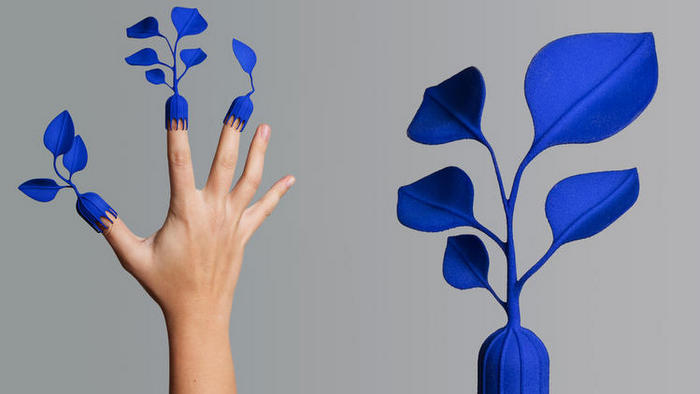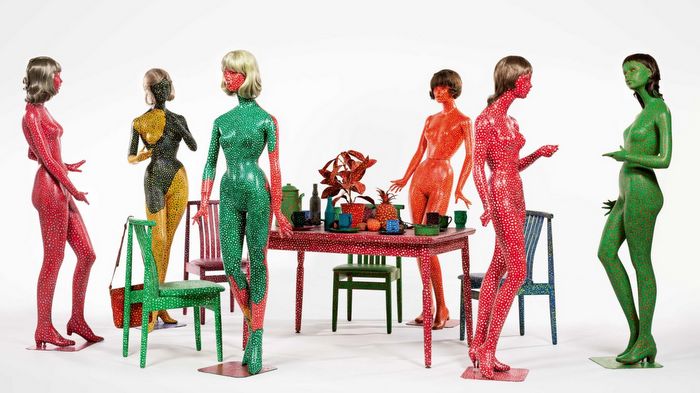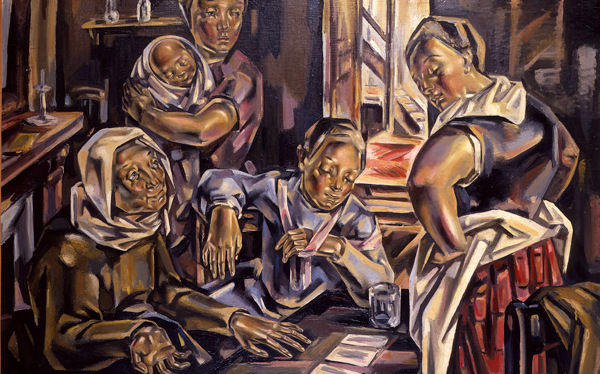“What does living a life mean? I lose myself in this thought every time I create artwork.” Yayoi Kusama.
“Dissolution and accumulation; propagation and separation; particulate obliteration and unseen reverberations from the universe—these were to become the foundations of my art, and they were already taking shape at this time.” Yayoi Kusama.
Japanese artist and writer Yayoi Kusama (b. 1929, Matsumoto, Nagano) is a singular figure who has been revered by art historians for her pioneering career that span multiple art movements from the 1960s to the present, and has achieved the status of a global cultural icon. Over the last seven decades, Kusama has pursued her avant-garde vision with conviction and perfected her personal aesthetic, which reflects her philosophy of life.
This exhibition focuses on the existential questions that drive Kusama’s creative explorations. Through paintings, drawings, sculptures, installations, and archival materials documenting her happenings and performances, the show offers an in-depth survey of Kusama’s work from her first drawings as a teenager during World War II to her most recent immersive, mirrored installations. Organized chronologically and thematically, the show addresses six key themes that recur throughout the artist’s life: Infinity, Accumulation, Radical Connectivity, Biocosmic, Death, and Force of Life. These interrelated themes have recurred and evolved within the obsessive universe of Kusama, who has been valiantly agitating the art scene and society for decades to promote “healing of all mankind.”
On the cover: Yayoi Kusama
Self-Obliteration, 1966–74
Paint on mannequins, table, chairs, wigs, handbag, mugs, plates, pitcher, ashtray, plastic plants, plastic flowers, and plastic fruit
Dimensions variable
© YAYOI KUSAMA
M+, Hong Kong
Source: Guggenheim Museum Bilbao
Related Publications

CID Grand Hornu: Super Power Design
April 25, 2024













